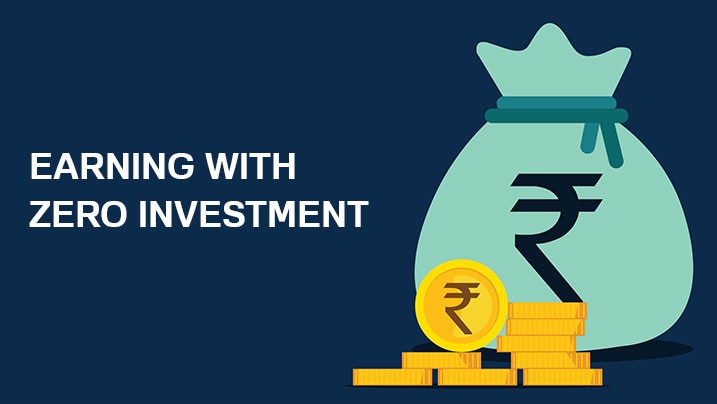How to Build a Strong Stock Portfolio in 2025 📈💰
Introduction 🚀
Building a strong stock portfolio is essential for achieving long-term financial success and wealth creation. With the evolving global economic landscape, technological advancements, and shifting market dynamics, 2025 presents new opportunities and challenges for investors. Whether you are a beginner or a seasoned investor, adopting a strategic approach to portfolio building is crucial to maximize returns and minimize risks.
In this comprehensive guide, we will explore the key steps to building a strong stock portfolio in 2025, including market research, diversification, risk management, investment strategies, and ongoing monitoring. Let’s dive in. 🔥

Why Building a Strong Stock Portfolio Matters 💡
A well-structured stock portfolio offers numerous benefits, such as:
- Diversification 🌍: Reduces the impact of poor-performing assets by spreading investments across various sectors.
- Risk Management ⚖️: Helps minimize potential losses by balancing high-risk and low-risk investments.
- Long-Term Growth 📊: Provides consistent growth potential by investing in reliable, high-performing assets.
- Financial Security 🏦: Ensures a stable income stream and wealth accumulation over time.
Step 1: Define Your Investment Goals and Risk Tolerance 🎯
Before diving into the stock market, it’s essential to:
- Set Clear Financial Goals 📅: Define your short-term and long-term objectives (e.g., retirement savings, wealth accumulation, passive income generation).
- Assess Your Risk Tolerance ⚠️: Determine how much risk you can handle, considering factors like age, income, investment horizon, and personal comfort level.
Step 2: Conduct Thorough Market Research 🔍
In 2025, staying informed about the latest market trends is critical. To build a strong portfolio:
- Analyze Market Conditions 🌎: Keep an eye on macroeconomic indicators, interest rates, inflation, and geopolitical events.
- Identify Growth Sectors 🚀: Focus on industries expected to thrive, such as technology, renewable energy, healthcare, and artificial intelligence.
- Evaluate Stocks 📑: Research individual companies, assessing their financial health, earnings reports, P/E ratios, and future growth potential.
Step 3: Diversify Your Portfolio 🔄
Diversification is key to minimizing risks and maximizing returns. To diversify effectively:
- Spread Investments Across Sectors 🏭: Avoid putting all your money into a single industry.
- Mix Asset Types 📌: Include a blend of stocks, bonds, ETFs, and mutual funds.
- Balance High-Risk and Low-Risk Investments ⚡🛡️: Maintain a mix of growth stocks, dividend-paying stocks, and defensive stocks.
Step 4: Choose the Right Investment Strategy 🧠
Different investors prefer different strategies. Popular approaches include:
- Value Investing 💎: Investing in undervalued stocks with strong fundamentals.
- Growth Investing 📈: Targeting companies expected to grow at an above-average rate.
- Income Investing 💵: Focusing on stocks that pay high dividends.
- Index Investing 📊: Investing in index funds or ETFs that track broader markets for steady, long-term growth.
Step 5: Regularly Monitor and Rebalance Your Portfolio 🔄
A strong portfolio requires ongoing attention. To keep your investments on track:
- Review Performance Regularly 📅: Assess your portfolio’s performance quarterly or annually.
- Rebalance When Necessary ⚖️: Adjust your holdings to maintain your desired asset allocation.
- Stay Informed 📰: Continuously monitor market trends and make informed adjustments.
Step 6: Utilize Technology and Tools 🤖📊
In 2025, leveraging advanced tools and technologies can enhance your investment experience. Consider:
- Robo-Advisors 🤖: Automated platforms providing personalized investment advice.
- Stock Analysis Tools 📉: Apps and software for detailed analysis and tracking.
- AI-Driven Platforms 🧠: Utilizing artificial intelligence for predictive analytics and investment insights.
Common Mistakes to Avoid ❌
- Lack of Diversification 🎯: Investing heavily in a single stock or sector.
- Emotional Investing 😱
Start your investing journey with wealth wired






